Come join us now, and enjoy playing your beloved music and browse through great scores of every level and styles!
Can’t find the songbook you’re looking for? Please, email us at: sheetmusiclibrarypdf@gmail.com We’d like to help you!
Table of Contents
Remembering John Coltrane, born on this day in 1926 (1926-1967).

John Coltrane – A Love Supreme [Full Album] (1965)
Best Sheet Music download from our Library.


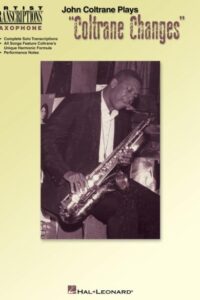


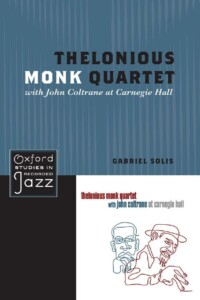







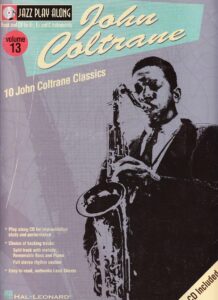
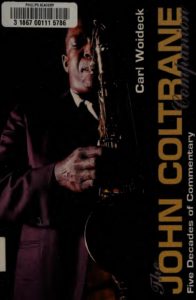
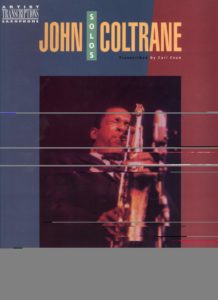
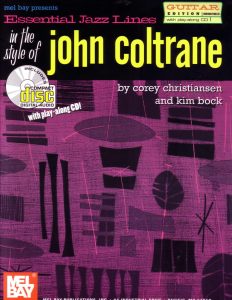
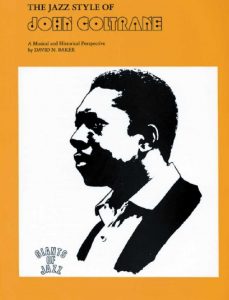
Please, subscribe to our Library.
If you are already a subscriber, please, check our NEW SCORES’ page every month for new sheet music. THANK YOU!
John Coltrane: The Life, Music, and Legacy of a Jazz Giant
Biography
John William Coltrane was born on September 23, 1926, in Hamlet, North Carolina, and grew up in nearby High Point. His early years were marked by personal loss—by the age of 12, he had lost both his father and grandparents, which left a deep impression on him. He began playing the clarinet and later the alto saxophone, influenced by church music and local musicians.
After graduating high school, Coltrane moved to Philadelphia in 1943, where he studied at the Ornstein School of Music and served in the U.S. Navy during World War II. By the late 1940s, he switched to tenor saxophone, and his career began to blossom as he worked with leading bebop musicians.
Coltrane’s big break came in 1955, when he joined Miles Davis’ First Great Quintet, appearing on landmark recordings like Round About Midnight and Milestones. His sound and improvisational style began evolving rapidly, especially after collaborating with Thelonious Monk in 1957. In 1960, Coltrane left Davis’ group and formed his own ensembles, leading to some of the most innovative recordings in jazz history.
Coltrane died tragically young, at age 40 in 1967, from liver cancer, but his influence and legacy continue to resonate worldwide.
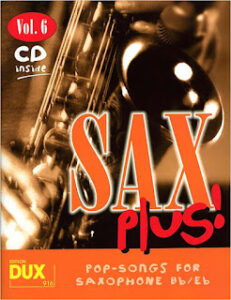
Search your favorite sheet music in the Sheet Music Catalog
Musical Style
Coltrane’s style evolved dramatically over his career, reflecting his search for deeper spiritual and musical truths.
- Bebop and Hard Bop (Early 1950s – mid-1950s):
- Initially influenced by Charlie Parker, Coltrane’s early style was dense and harmonically adventurous, full of complex runs.
- His work with Miles Davis placed him firmly within the hard bop tradition, but his solos were already pushing harmonic boundaries.
- Sheets of Sound (Late 1950s):
- While working with Monk and Davis, Coltrane developed what critics called “sheets of sound,” a rapid-fire approach where he played cascading arpeggios, scales, and chord substitutions.
- This period included Blue Train (1957), one of his defining hard bop albums.
- Modal Jazz and Expansion (1960–1964):
- With Davis on Kind of Blue (1959), Coltrane explored modal jazz, focusing on scales rather than fast chord changes.
- His own My Favorite Things (1960) on soprano saxophone was revolutionary, transforming a Broadway show tune into a hypnotic modal masterpiece.
- Avant-Garde and Spiritual Phase (1965–1967):
- Coltrane’s final years pushed toward the avant-garde, with albums like Ascension and Meditations.
- His most iconic work, A Love Supreme (1965), blended modal improvisation, free jazz, and spiritual devotion.
Harmonic Innovations
Coltrane was one of jazz’s greatest harmonic innovators.
- Coltrane Changes: A system of rapid chord substitutions moving in thirds rather than the standard circle of fifths, first explored in Giant Steps (1960). This became a rite of passage for jazz musicians.
- Modalism: Simplifying harmonic structures to allow freer melodic improvisation, as in Impressions or My Favorite Things.
- Extended Harmony & Dissonance: In his later years, Coltrane broke from tonal centers entirely, creating soundscapes of pure energy and texture.
Compositions
Coltrane composed numerous works that became jazz standards, including:
- “Giant Steps” (1960): A harmonic labyrinth that remains one of the most challenging pieces in jazz.
- “Naima” (1959): A haunting ballad named after his first wife, showcasing his lyrical and tender side.
- “Impressions” (1963): A modal exploration often compared to Davis’ So What.
- “A Love Supreme” (1965): A four-part suite blending jazz, prayer, and transcendence—arguably his masterpiece.
- “Equinox” and “Central Park West”: Melodic gems that highlight his gift for combining beauty with complexity.
Collaborations
Coltrane’s career was shaped by collaborations with some of the greatest figures in jazz:
- Miles Davis: Together, they pioneered cool jazz and modal jazz. Albums include Milestones and Kind of Blue.
- Thelonious Monk: Their partnership at the Five Spot Café in 1957 pushed Coltrane’s harmonic development.
- McCoy Tyner, Elvin Jones, Jimmy Garrison: His “Classic Quartet” (1960–1965) was one of the most powerful ensembles in jazz history, producing Crescent, Impressions, and A Love Supreme.
- Eric Dolphy, Pharoah Sanders: Later collaborations pushed toward the avant-garde, expanding jazz’s vocabulary.
Influence and Legacy
Coltrane’s impact on jazz and music as a whole is immeasurable.
- He redefined the role of the saxophone, setting technical and expressive standards still studied today.
- His harmonic systems influenced not only jazz musicians but also classical composers and rock artists (e.g., The Doors, The Grateful Dead).
- Spiritually, Coltrane’s music inspired a quasi-religious following; he is even canonized in the St. John Coltrane African Orthodox Church in San Francisco.
- Modern saxophonists—from Michael Brecker to Kamasi Washington—trace their lineage back to Coltrane.
John Coltrane was more than a jazz musician—he was a seeker, a visionary, and a prophet of sound. His journey from bebop apprentice to avant-garde innovator reflects not just the history of jazz, but a universal human quest for meaning and transcendence. Through works like Giant Steps and A Love Supreme, Coltrane continues to inspire listeners to explore the infinite possibilities of music and spirit.
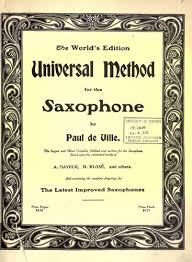
Browse in the Library:
Or browse in the categories menus & download the Library Catalog PDF:
